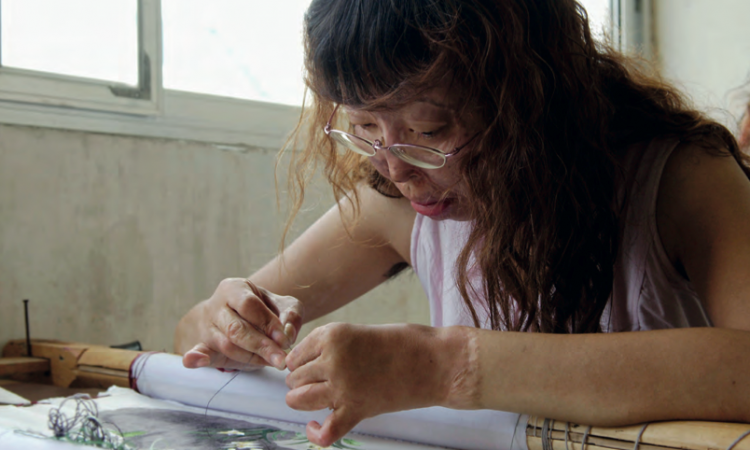Slavery did not end with abolition in the 19th century. Instead, it changed its forms and continues to harm people in every country in the world.
Whether they are women forced into prostitution, men forced to work in agriculture or construction, children in sweatshops or girls forced to marry older men, their lives are controlled by their exploiters, they no longer have a free choice and they have to do as they’re told. They are in slavery.
The 2016 Global Slavery Index, from the Walk Free Foundation in Australia, defines slavery as "situations of exploitation that a person cannot refuse or leave because of threats, violence, coercion, abuse of power or deception".
Modern slavery has gradually taken over as a catch-all term to describe human trafficking, forced labour, debt bondage, sex trafficking, forced marriage and other slave-like exploitation. While there is no globally agreed definition of modern slavery, some of the key elements are defined below. Many forms of slavery involve more than one of these elements.
Bonded labour - The world’s most widespread form of slavery. People become bonded labourers after falling into debt and being forced to work for free to repay the lender then losing control over the conditions of both their employment and the debt.. Many will never pay off their loans, and debt can be passed down through the generations. Bonded labour has existed for hundreds of years and flourishes in South Asia in agriculture, brick kilns, mills and factories.
Descent-based slavery - When people are born into slavery because their families belong to a class or caste of "slaves" in countries that have strict hierarchical social structures or their ancestors were captured and enslaved; they remain in slavery by descent.
Forced labour - When people are forced to work, usually for no or inadequate payment, as a result of violence or intimidation. Many find themselves trapped, often in a foreign country, with their passports confiscated by employers, and unable to leave.
Early and forced marriage - When children, usually girls, under 18 years old are married without their consent and forced into sexual and domestic servitude.
Human trafficking - This happens when men, women and children are exploited through the use of violence, deception or coercion and forced to work against their will. A key difference from people smuggling is that trafficking is done for the purpose of exploitation. People can be trafficked for many different forms of exploitation such as forced prostitution, forced labour, forced begging, forced criminality, domestic servitude, forced marriage, forced organ removal.
Organ trafficking - Organ removal, while not as prevalent as sex or labour trafficking, is part of a thriving black market run by criminal gangs. It is included in the U.N. Trafficking in Persons Protocol as an exploitative practice.
Child slavery – many people often confuse child slavery with child labour, but it is much worse. Whilst child labour is harmful for children and hinders their education and development, child slavery occurs when a child is exploited for someone else’s gain. It can include child trafficking, child soldiers, child marriage and child domestic slavery.
IMAGE CREDIT: ILO

